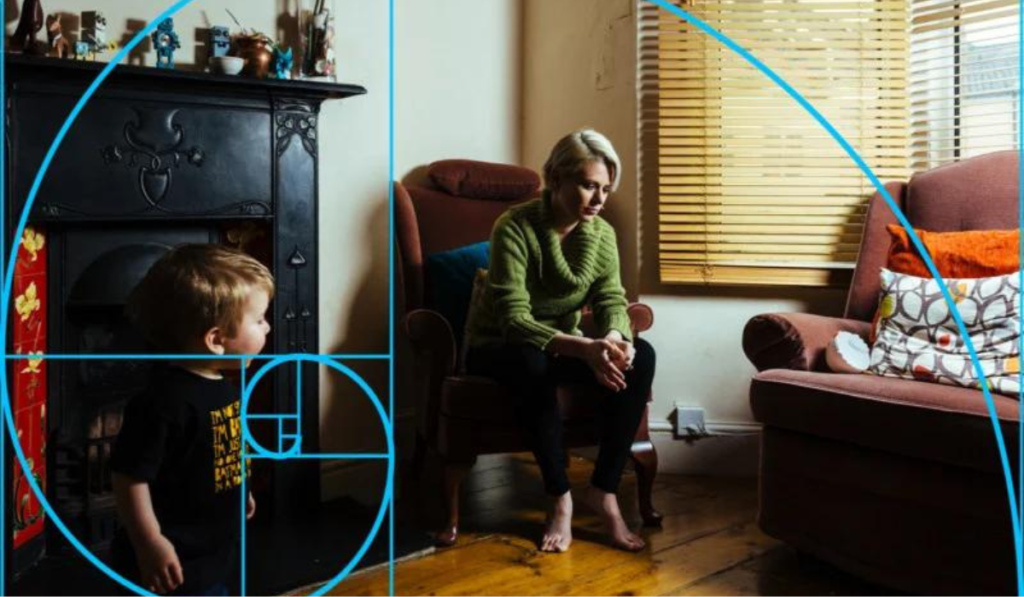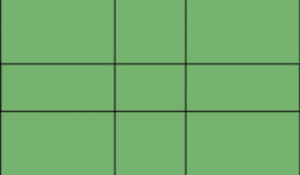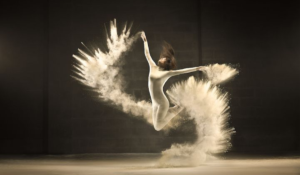Why The Golden Ratio Is Better Than The Rule Of Thirds

Composition is at the core of photography. It dictates how elements in a frame interact with each other and engage the viewer. The golden ratio is a compositional technique that stands out because of its mathematical precision. This article explores why the golden proportion is superior to the rule of thirds for certain aspects of photography.
Definition and Origins

The golden proportion, or divine proportion as it is also called, is a mathematical constant that equals approximately 1.618. The golden ratio has its roots in ancient civilizations. It is found in architecture, nature, and even art. The rule of thirds, on the other hand, divides a picture into nine equal sections using two horizontal lines and two vertical ones, offering a simpler approach to composition.
Natural Harmony

The golden ratio’s inherent harmony and balance is a key advantage. It reflects patterns that are found in nature. The golden ratio is evident in everything from the spirals on seashells to human anatomy proportions. It creates a feeling of perfection for viewers that resonates subconsciously.
Phi Grids and Complexity

The phi grid is a derivative of the golden proportion. It introduces different box sizes and more lines than the rule of thirds. This complexity allows for nuanced compositions. It is especially beneficial in genres such as landscape photography, where delicate balance is essential.
Dynamic Movement

The spiral pattern of the golden ratio creates dynamic movement in an image, unlike the static lines created by the rule of thirds. This subtle but powerful effect guides the viewers gaze along an engaging visual path leading to a more immersing viewing experience.
Subject placement and portraits
The golden ratio is a great guide for portraits, especially when framing the faces in the spiral pattern. The result is a composition that feels inherently balanced, aesthetically pleasing and enhances the overall impact of an image.
Versatility, adaptability and flexibility:
The golden ratio is versatile and can be adapted to different genres and styles. The golden ratio is a universal framework that can be used to create compelling images, whether you are capturing landscapes or portraits.
Conclusion:
The golden ratio is a better choice than the rule of thirds for photographers who want to create images that are full of movement, harmony and balance. Golden ratios are a great way to elevate your compositions, and capture viewers’ attention with their visually compelling imagery.



